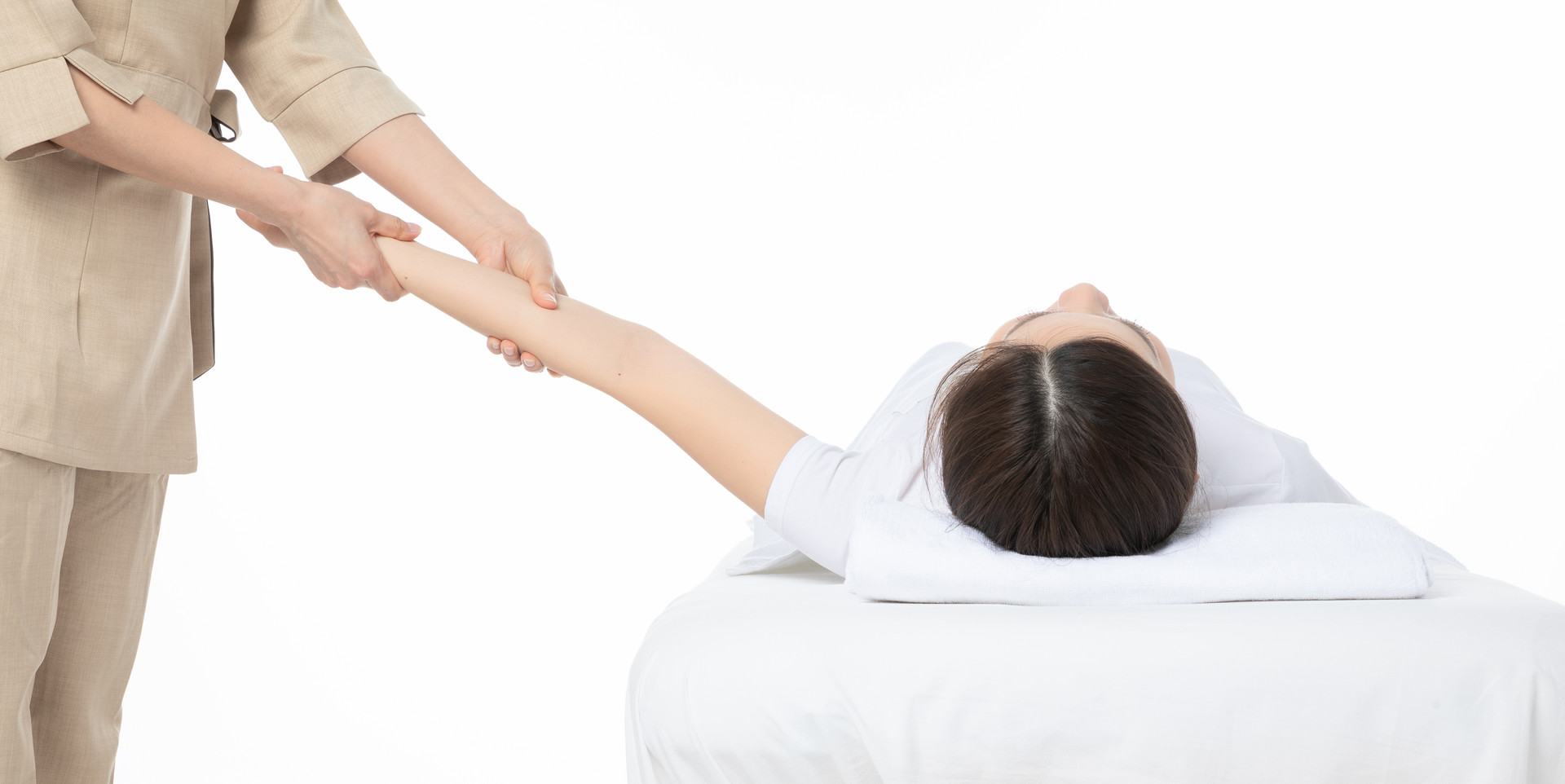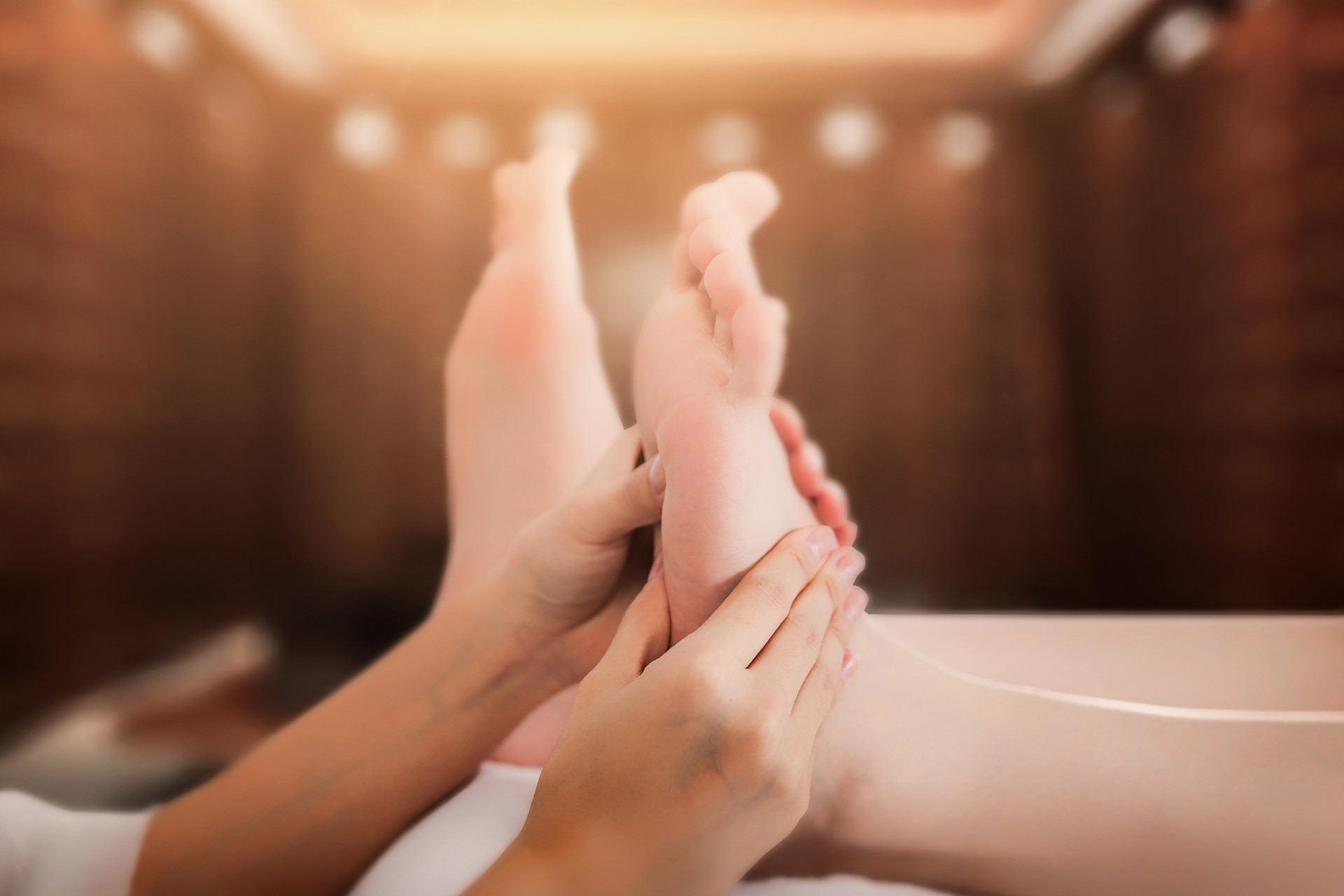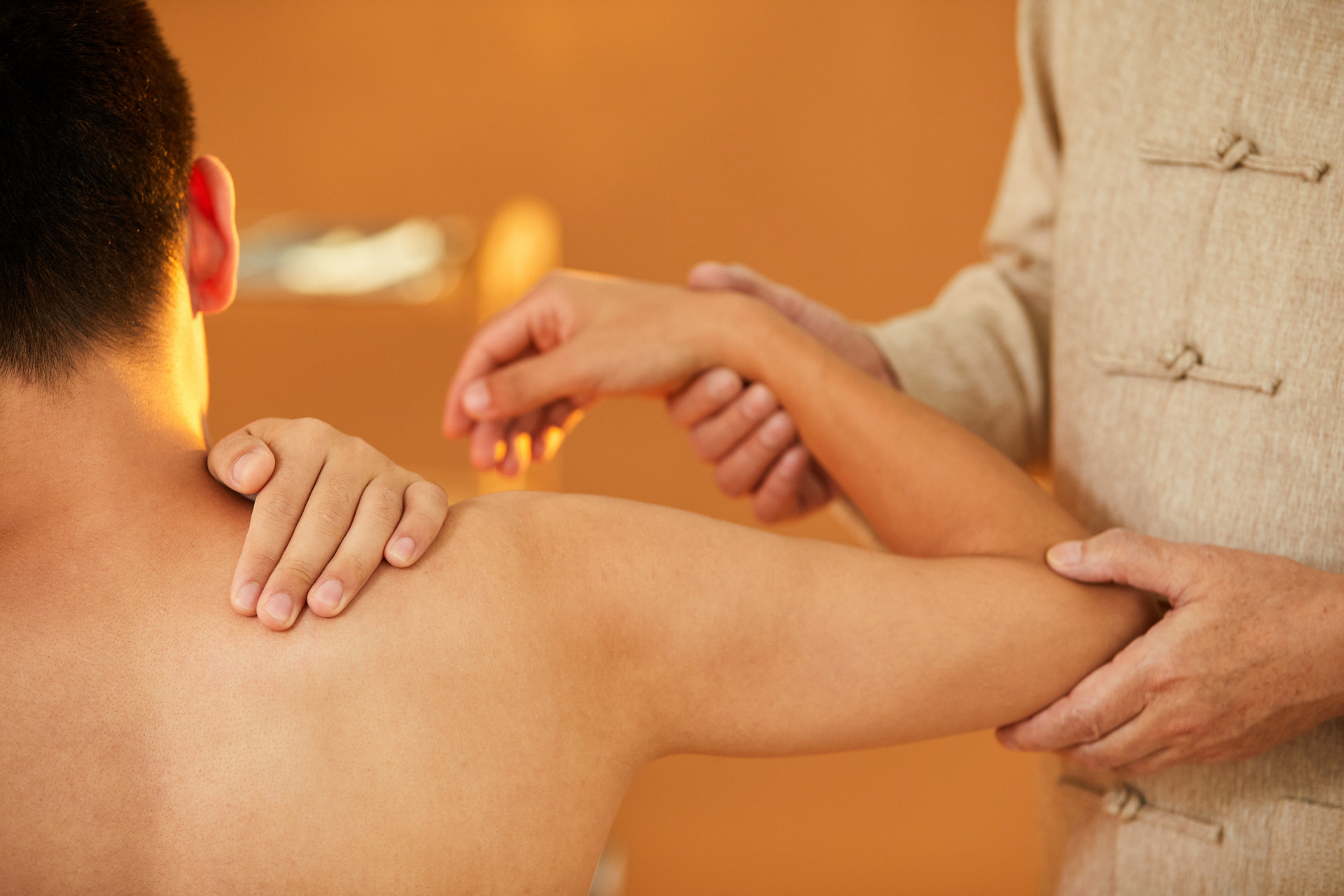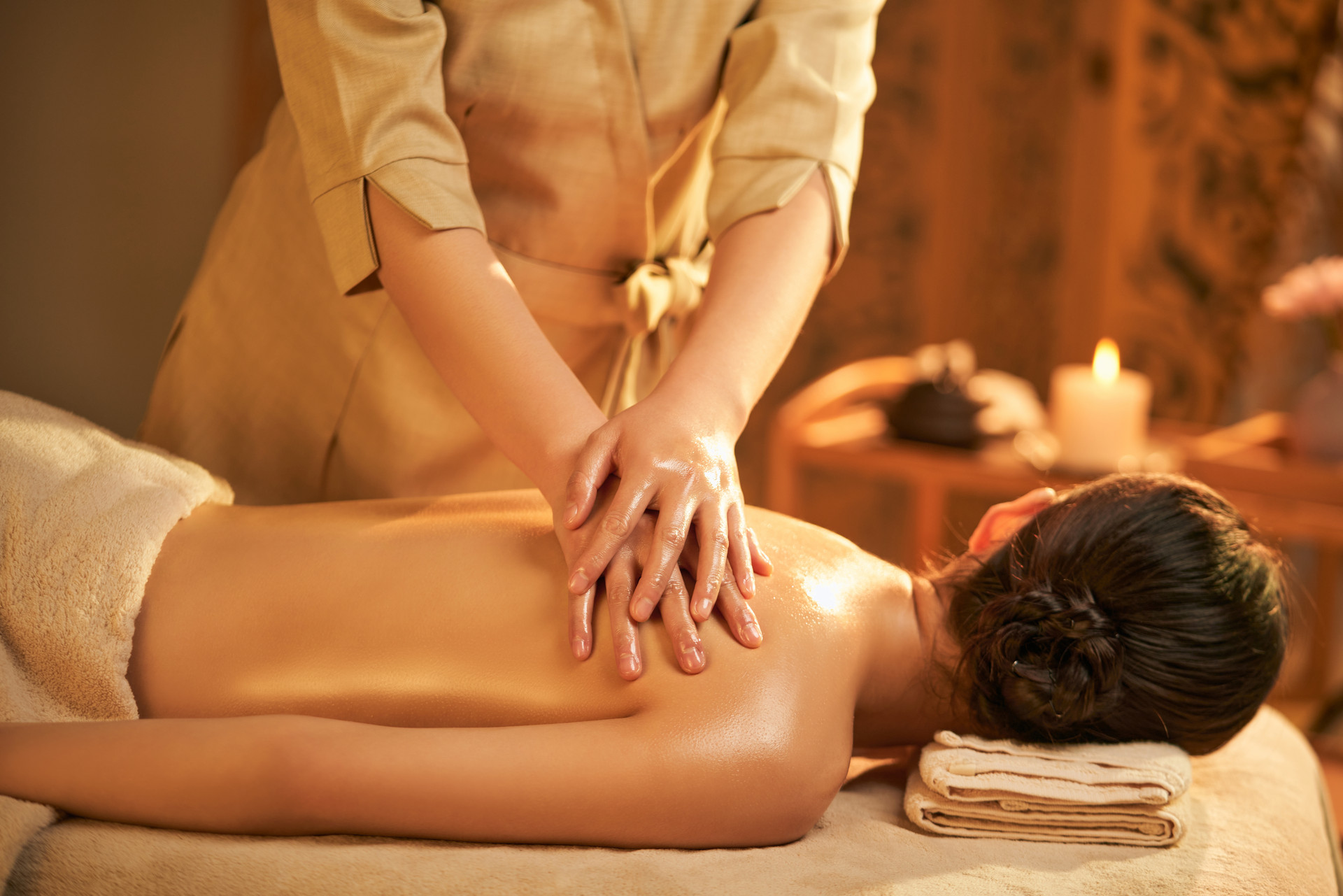Pediatric tuina, commonly known as "tuijing", "mojing", "qiaojing", etc. in folk, is a treatment method that uses various techniques to stimulate certain acupoints (or areas) under the guidance of the theory of four diagnostic methods and eight principles, to regulate the excessive or deficient condition of the child's body, promote their ability to resist diseases, and achieve the goals of disease prevention, health maintenance, and treatment. It includes general pediatric tuina, pediatric acupoint stimulation, and spine manipulation. Since the treatment targets children, who have pure yang bodies with vigorous vitality and rapid development, as well as delicate and immature organs, and insufficient vital energy, they are prone to illness, quick changes, but also easy recovery. Only by understanding these physiological and pathological characteristics of children, and mastering the functions, indications, and techniques of pediatric tuina, can the desired effects be achieved. In clinical practice, tuina is widely used to treat common pediatric illnesses.
【Methods】
I. Principles of Pediatric Tuina Therapy
1. Pediatric tuina is based on the holistic concept of "unity of heaven and man". Its basic theories include yin-yang and five elements, zang-fu organs, and qi and blood circulation. Following the principles of syndrome differentiation and treatment, such as "treating diseases by seeking the root cause", "treating the symptoms when urgent, and treating the root cause when not urgent", and "treating both the symptoms and the root cause", various tuina techniques are applied on the surface acupoints of the child's body to balance yin and yang, adjust the zang-fu organs and qi and blood circulation, thereby achieving the purpose of treating diseases.
2. Since children cannot express their conditions accurately, even older children often struggle to describe their symptoms. In addition, crying and agitation during the consultation can affect their breath and pulse. Therefore, observation is the main diagnostic method, combined with listening, questioning, and palpation. Based on the clinical manifestations, understanding the medical history, symptoms, and physical signs, the analysis and induction of the disease are conducted to identify the cause, location, nature, and development trend of the disease in order to determine the treatment measures. As stated in the book "Secrets of Pediatric Tuina": "First observe the appearance, then observe the deficiency and excess, identify the symptoms, and then use techniques to eliminate them."
3. Children have certain characteristics in terms of physiology and pathology at different stages of growth and development. The physiological characteristics mainly include vigorous vitality, rapid development, delicate and immature organs, and insufficient vital energy. After birth, children are in a stage of continuous growth and development, with vigorous vitality, and their bodies are called "pure yang bodies". However, their organs are like tender shoots, weak and immature, with insufficient vital energy, so they are also called "immature yang, immature yin". Therefore, they are prone to illness, quick changes, and easy recovery. Due to the delicate and immature organs, insufficient vital energy, and weak constitution of children, their resistance to diseases is poor. In addition, they cannot regulate their body temperature and diet properly. Therefore, they are susceptible to the invasion of external pathogenic factors and the damage caused by improper diet, especially the lungs and spleen are prone to diseases such as indigestion and foodborne colds. Due to the poor adaptability of children, they often cannot tolerate sudden strong stimuli and may easily experience convulsions. If children have congenital deficiencies or imbalanced postnatal feeding, it can lead to developmental disorders, such as delayed fontanel closure, delayed teething, hypotonia, and intellectual impairments. The transformation between cold and heat, deficiency and excess, in the development and progression of pediatric diseases is faster than in adults. On one hand, the condition of children changes rapidly, manifested as easy deficiency and excess, and easy susceptibility to cold and heat. If the treatment and care are inappropriate, the condition can worsen from mild to severe, from excess heat syndrome to deficiency cold syndrome (collapse due to deficiency and exposure to cold) within a day. On the other hand, due to the vigorous vitality and strong tissue regeneration and repair ability of children, simple etiology, and being less affected by emotional factors, if the diagnosis is correct, treatment is appropriate, and care is suitable, the condition can improve from severe to mild, and they can recover quickly and regain health.
II. Techniques of Pediatric Tuina Therapy
1. Pediatric Tuina Techniques
(1) Common techniques: pressing, kneading, rubbing, pushing, pinching, moving, rubbing, shaking, etc., which are the so-called eight techniques of tuina.
(2) Clinical techniques: ① Open Tianmen, push Kangong, move Taiyang, move behind the ears and the occipital bone. ② Push Tianzhugou, push the seven cervical vertebrae, knead the tail of the coccyx, rub Shenzhong, push the eight paths of the chest, push and knead Tanzhong. ③ Move Bagua, separate yin and yang, move Banmen, push San Guan, retreat the six fu organs, push the intestine meridian, push the spleen (stomach, liver, heart, lung, kidney, etc.) meridians. ④ Play with two dragons, swing the tail like a blue dragon, spread the wings like a phoenix, cross the Tianhe like a galloping horse, scoop the moon from the bottom of the water, enter the hole like a bee, press and rub like playing a string, enter the tiger's mouth through Tianmen, etc.
2. Pediatric Acupoint Stimulation Techniques
(1) Pinching Yintang, pinching Renzhong, pinching the cheeks at the Qie Xue point.
(2) Pinching Jingling, Weiling points, pinching Yiwo Feng point, pinching Neilaogong point, pinching Jian Shi point, pinching Qu Chi point.
(3) Pinching Taichong point, pinching Dadun point, pinching and kneading Qianchengshan point, pinching and kneading Houchengshan point, pinching Kunlun point, pinching Waican point.
(4) Tiger swallowing
| 1 2 3 > >> >>|







